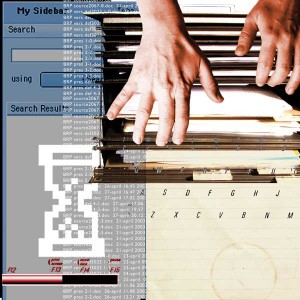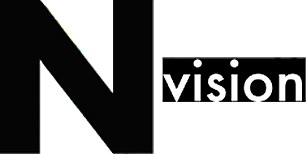 A major part of my creative work is editorial illustration, in other words illustration in (printed) newspapers and magazines. My interests are the development of news media into the online and digital world and how this influences the kind and presentation of the visual information.
A major part of my creative work is editorial illustration, in other words illustration in (printed) newspapers and magazines. My interests are the development of news media into the online and digital world and how this influences the kind and presentation of the visual information.
In October, I hope to start my PHD research at the RCA looking into how to rethink and revive the visual-commentary element within online editorials such as news sites. I think this is an important, yet relatively unused space for illustrators and other artists.
A few years ago, I set up the ‘Visual Correspondents’ Foundation’ which researched and initiated projects centred around just this idea, that visual artists have a role to play as commentators on news and currant affairs and their work should be an integrated part of the news realm.
The starting point was OOG, a page in the Volkskrant online. In OOG, every week a visual artist was invited to reflect on news and currant affairs. The brief encouraged artists, to work from their own interests, approach and points of view. Yet they had to stay linked to events and issues that were currant in that moment. By embedding the work in the opinion section of the news site, adding links to news articles and writing a short statement about the work, I wanted to make sure that the artwork was understood as commentary as well as a work of art.
In the three years I curated OOG, I commissioned a wide variety of visual artists, from web artists, interactive designers and programmers, to illustrators and animators, architects and choreographers from around the world.
It produced a large archive showing a huge variety of approaches and ideas.
I organised and curated Oog from its start in 2005 until 2008 and was succeeded by Babette Wagenvoort until the project was closed down in September 2009. But you can still visit the archive online and see the nearly two hundred commissioned works.
For me, this body of work demonstrated that – unlike ‘factual’ journalistic imagery – visual comment can be a real alternative to the written column or editorial article and can have the same degree of thought-provoking power.
But how can it become part of the online newspaper like illustration is part of the printed paper? And why hasn’t it succeeded yet? Is it lack of bandwidth, a turnaround that’s too quick, not enough money to afford commissioned works, or are there other factors at play? So perhaps I should look at what illustration means in a printed newspaper and see what its role is there. Perhaps then I can see how to transpose this role to the online environment. Maybe what is needed is entire new approach to what is ‘to-be-formerly-known- as’ illustration…..



